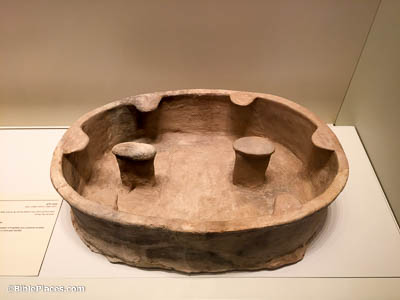Honor widows who are truly widows (1 Timothy 5:3).
Given the sense of the broader context, Paul likely intends “honor” (Gk. timaō) here as a reference to financial support. The coin shown here, a gold aureus, was minted by Nero, who was emperor at the time 1 Timothy was written. This coin is part of the Trinity Evangelical Divinity School Biblical Coin Collection.





